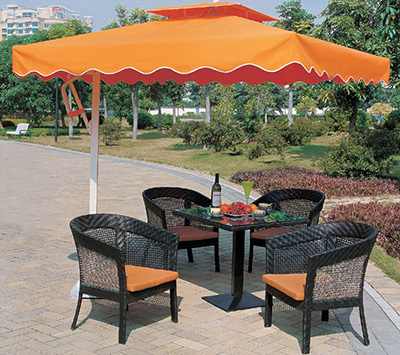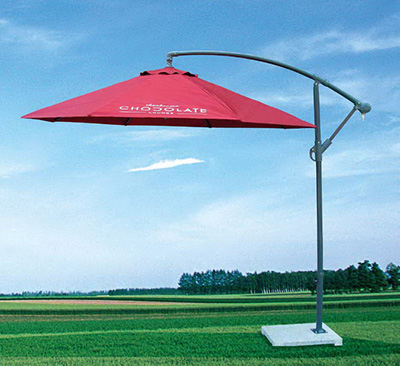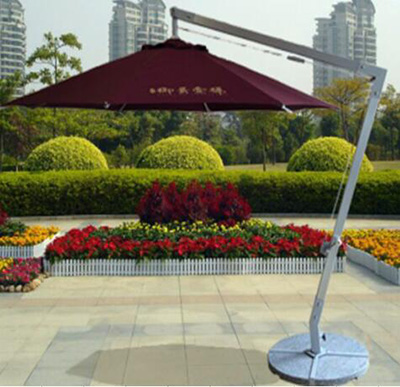In-mold labels are different from other types of labels. The core of the label is not the printing but the material itself. In addition to satisfying the printability of the printing press, the in-mold label material must also have characteristics of use. Therefore, in-mold labels have many differences in the formulation and structure of materials from ordinary label materials. The following is a brief introduction to the types, structural characteristics, manufacturing methods and development trends of in-mold label materials.
Material classification
The label materials are basically divided into two major categories based on physical properties, namely paper and film.
Paper materials will deform due to contact with water or moisture, causing the ink to fall off and the strength to decrease, affecting the effect of use, and the bottle (bucket) must be removed when recycling, which will inconvenience packaging and reuse. Therefore, in the developed countries, paper in-mold labels are gradually replaced by thin film materials. In China, in-mold labeling has only just begun. By learning from foreign experience, plastic film materials are used. Since the raw materials and processing methods of the in-mold label materials are different, the characteristics of the obtained materials are also different. Figure 1 shows the comparison of the surface smoothness of the three materials.
Material structure
No matter what kind of thin film materials, although their production processes are different, the basic structure of the materials is the same, that is, they are composed of a printing layer, an intermediate layer and a binder layer, as shown in FIG. 2 . The printing layer accepts the ink to form graphics; the middle layer plays a supporting role, so that the material has sufficient strength, does not deform under the effect of the printing tension and high temperature, ensures overprinting accuracy, and at the same time can have good transparency or opacity as required; adhesive The layer is the key to guarantee the use effect of the label. This layer can be melted under the effect of high temperature, so that the label is integrated with the wall of the package (bucket, bottle).
In order to make the printing layer have good ink repellency, the surface coating or corona coating method is applied to improve the surface adsorption performance; and the surface is required to be smooth, wrinkle-free, and free from bubbles.
There are two kinds of adhesive layer structure, a planar structure, suitable for small labels, see Figure 3, direct contact with the blank when used, natural exhaust; the other is a textured structure, suitable for large labels, see Figure 4, use When the gas is exhausted through the exhaust passage on the mesh, air bubbles can be effectively avoided. In addition, the adhesive layer also has antistatic and sliding properties. Antistatic property prevents double printing; the sliding feature ensures that the labels are separated smoothly, ensuring the smooth printing and post-press processing.
In-mold label material manufacturing process
The in-mold label material manufacturing process includes three parts, co-extrusion - biaxial stretching (uniaxial stretching) - post-processing, as shown in Figure 5.
(1) Coextrusion
The resin pellets of different compositions or formulas are put into different extruders and enter the same extrusion port under the action of high temperature and pressure, and the composite film material composed of different component resins is extruded.
(2) Biaxial stretching
The co-extruded material is stretched in the axial direction and the circumferential direction under the action of a mechanical device, so that its lattice is plastically deformed. The biaxially-stretched material has improved strength and hardness, which facilitates processing and application. In general, BOPP uses a biaxial stretching process.
(3) Uniaxial stretching
After the film is uniaxially stretched and deformed, its strength and hardness are improved, and it can be elastically deformed transversely, which is more suitable for irregular bottle bodies. Usually, the PE+PT material adopts a uniaxial stretching process.
(4) Post-processing
Post-treatment refers to the corona or coating treatment on the surface of the material, and the rolling of the surface of the adhesive layer. Corona or surface coating can improve the printability of the material, and the texture rolling produces a texture on the surface of the adhesive layer, which facilitates venting.
After the processed material is recoiled, the large volume is subdivided into small rolls or leaflets, which are then sent to the customer as finished products.
Development trend of in-mold label materials
In recent years, the global in-mould label market has developed rapidly, with an annual growth rate of approximately 8% to 10%. In-mold label materials are a new type of printing materials that are in development. They must meet the printing requirements and also satisfy the needs of plastic bottle blowing machines. Characteristic requirements. At present, on the basis of ensuring the use of in-mold labels and having certain physical and chemical characteristics, the label materials show the following trends:
(1) The development of thin material thickness can reduce costs and facilitate recycling;
(2) No adhesive is applied on the back of the material to eliminate webbing and improve printing quality;
(3) All transparent materials will be widely used;
(4) The variety of materials is diversified to facilitate recycling and reuse.
Source: Ke Yin Network
From dawn to dusk, the Patio Umbrella blocks the sun's glare as it moves across the sky. Crafted from the finest, highest-performing materials, the umbrella goes up easily with a pull of the cord and is held aloft by a sturdy cast-aluminum hub and pin system, and ribs. The canopy is tailored of premium, solution-dyed acrylic chosen for its extreme resistance to fading, staining, mildew, and mold. Available with an octagonal or square canopy, the umbrella performs beautifully in commercial settings or at your private residence with different marble or water base, or others design base for your selection.
Patio Umbrella contain:
side post square or round patio umbrella
central pole round or square patio umbrella
Single layer or double roof patio umbrella
Aluminum hanging umbrella




If you have any questions, please contact with us directly. Patio Umbrella are produced by Golden Eagle Outdoor Furniture With High Quality and Good Appearance. Welcome you can visit our Factory.For any inquiry,Please send mail directly to us.
Patio Umbrella,Patio Sun Umbrella,Outdoor Patio Umbrella,Garden Patio Umbrella,Garden Umbrella
Golden Eagle Outdoor Furniture Co., LTD. , https://www.geoutdoorfurniture.com